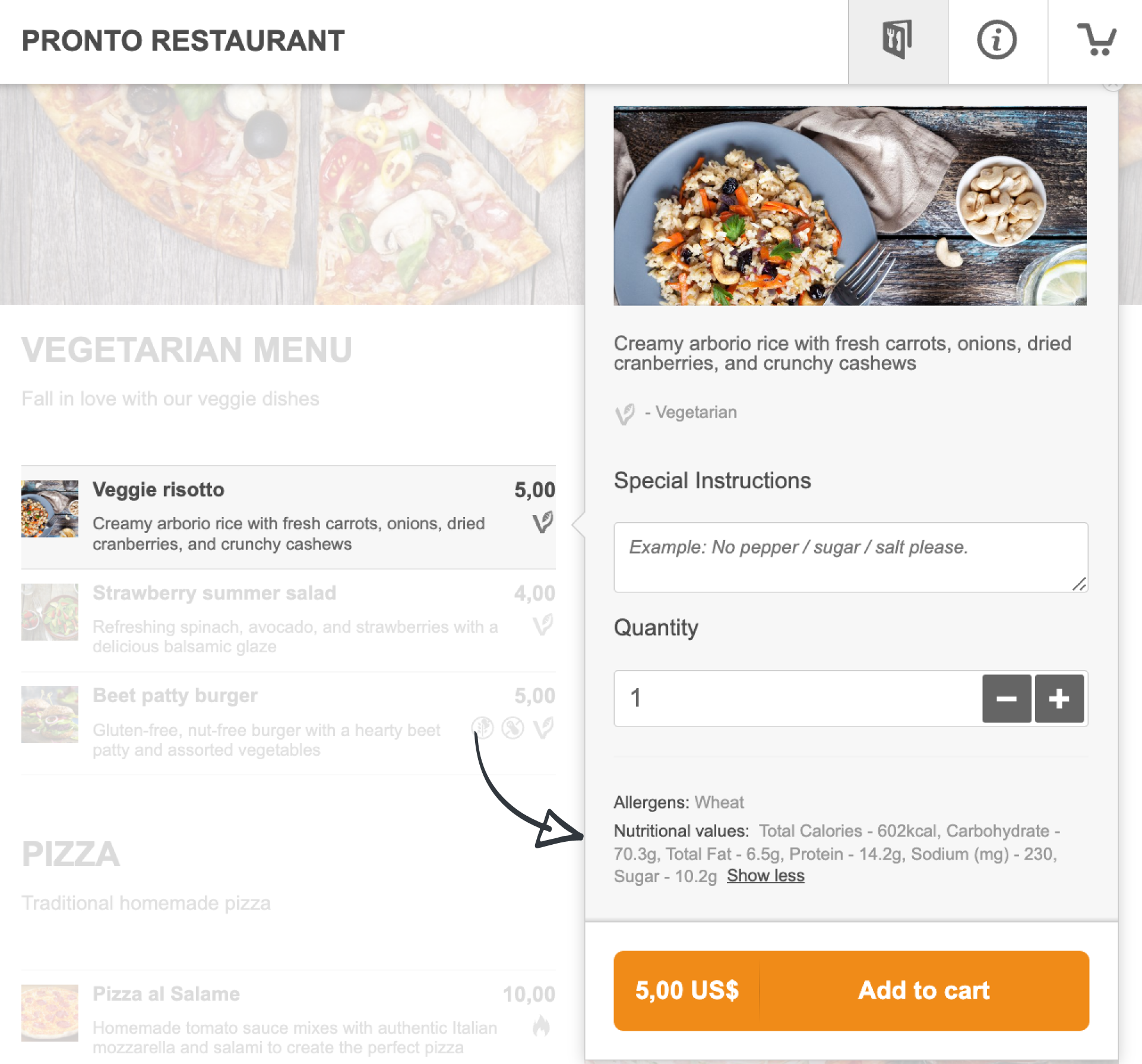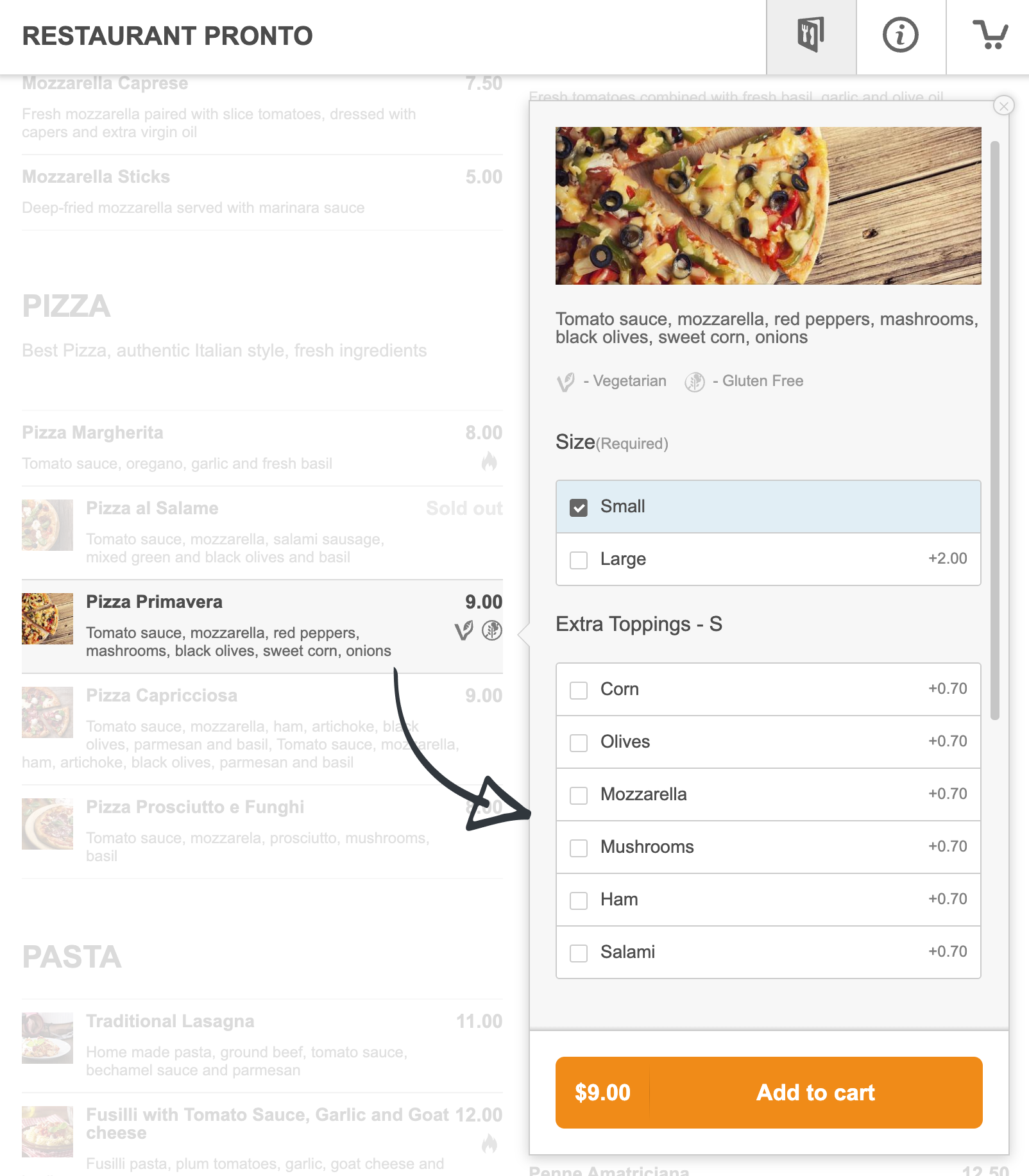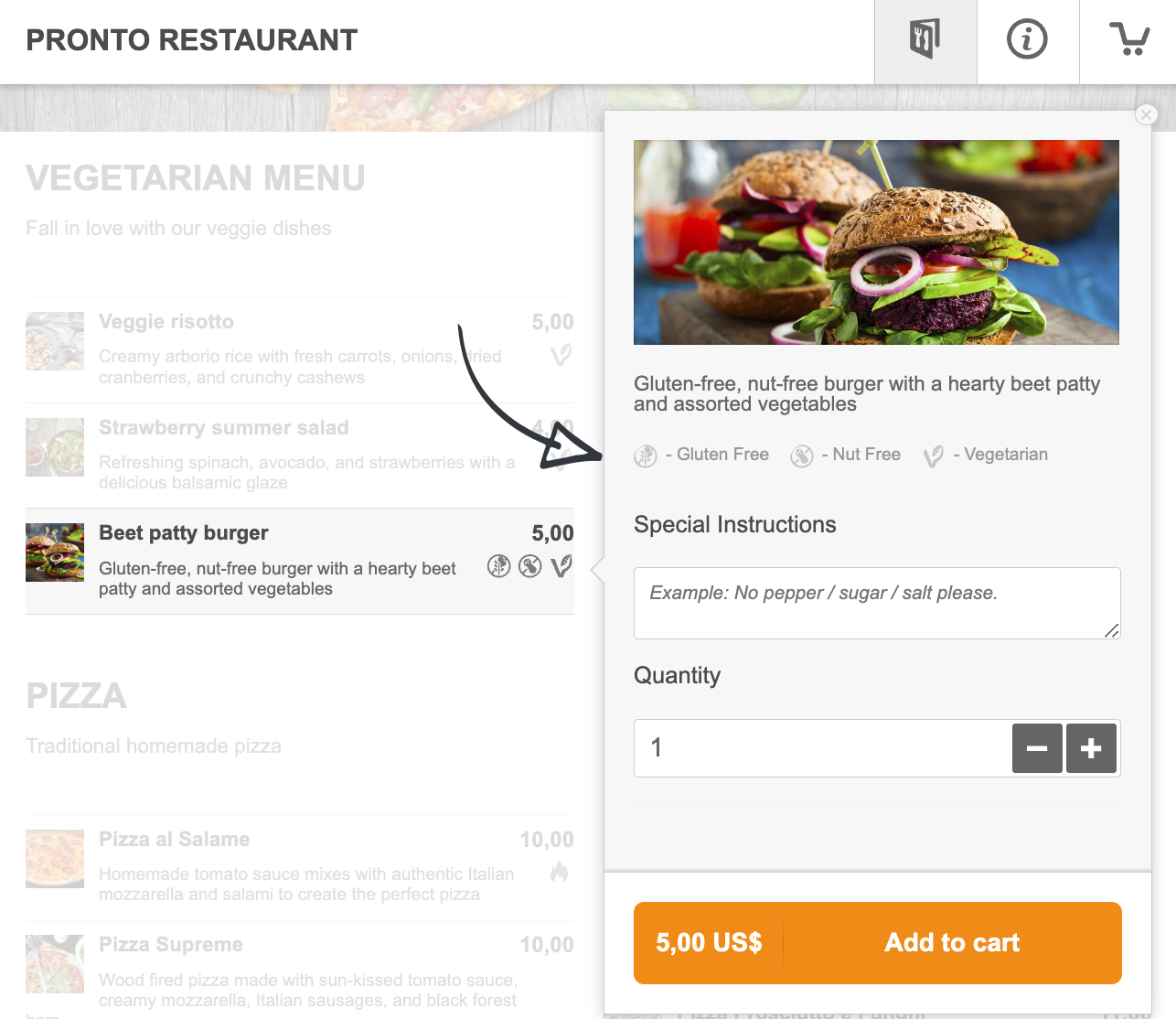Are you looking for creative ways to improve your restaurant services and attract a new group of customers? Take a look at the main social factors affecting restaurants to see what customers want and how you can deliver.
What Are the Factors Affecting Restaurant Services?
Your restaurant identity and target audience may dictate most of the changes and improvements you’ll make to your restaurant. However, you should keep a close eye on other external factors as well, as part of the larger food and beverage landscape.
There are many factors affecting restaurants as a whole. To get a cohesive view of the environment in which you’re operating, you need to be familiar with the term “PESTLE analysis.”
Restaurant PESTLE analysis
A PESTLE analysis refers to the Political, Economic, Social, Technological, Legal, and Environmental factors at play in any given industry, including the restaurant industry.
A PESTLE analysis of the food industry can help you look at your restaurant in a larger context from several different angles that might affect the way you do business, as well as your long-term profitability.
Below, we zero in on the main social factors affecting restaurants in 2024.
5 Social Factors Affecting Restaurants & How to Make the Most of Them
1. Growing demand for healthy, organic food
According to a Statista study, 50% of Americans try to eat healthy. If in the past, restaurant meals were considered typically less healthy than home-cooked meals, more and more customers are now expecting their favorite restaurants to provide healthier options that make eating out easier.
Customers are also interested in how their food is sourced, favoring farm-to-table restaurants that don’t rely on mass-produced ingredients.
What you can do:
Consider your suppliers and try to find local alternatives to ensure your ingredients are always fresh and organic.
Add vegetarian and vegan options to your menu, and further cater to the health-conscious crowd by adding allergens and nutritional information to every dish so they can be aware of what they order.
You can use our online menu builder to customize your dishes with allergens, nutritional values, and more in seconds.
2. Preference for restaurants that care about the environment
90% of customers say sustainability matters to them, while 57% say sustainability practices influence their decisions when eating out.
The bottom line is customers care about restaurants that care about the environment.
What you can do:
Restaurant sustainability is a big topic that might scare you off if you try to do too much at once. However, you can start small by switching to eco-friendly food packaging or starting a recycling program.
Composting can also help you minimize waste, while eco-friendly cleaning products are great for protecting the environment.
You can also replace paper menus with a digital one that enables customers to place orders at the table while saving you regular trips to the printer every time you update the menu.
3. The desire to customize and tailor meals to specific tastes and dietary needs
71% of consumers expect personalization from the companies they interact with, and 76% of them get frustrated by the lack of it.
It makes complete sense that this behavior is one of the main social factors affecting restaurants because customers want to feel 100% satisfied with what they consume, especially if they have specific dietary needs and restrictions.
What you can do:
Enable customers to personalize their meals with toppings, sides, choices, and add-ons. For example, maybe they’d like to add tomatoes to their pizza or replace the regular cheese with lactose-free cheese.
Follow this guide to learn how to easily customize your restaurant dishes with choices and add-ons:

Another thing you can do to make it easy for people with food intolerances to decide what they want to order is to clearly label dishes as vegan, vegetarian, gluten-free, lactose-free, and so on.
4. Increased dependency on food delivery vs. home-cooked meals
There’s no denying the boom in online food ordering in the last couple of years. While temporary factors such as the pandemic increased the demand for takeaway, other factors such as people’s busy schedules are here to stay.
People have less time to spend cooking at home, or if they do, they prefer to use that time for something else and instead, order from their favorite restaurant.
The global online food delivery market is expected to hit $1.22 trillion in 2024.
What you can do:
This is simple: give people what they want. Allow your customers to order your food online, whether for pickup or delivery.
This is a win-win situation. Customers are not limited to enjoying your food on location only, and you unlock a new revenue stream by selling more food online than your limited seating can allow.
5. The strong link between social media and food culture
The role of social media in the food industry cannot be overstated. 94% of US customers choose a restaurant based on online reviews. Moreover, people trust social proof, which means they are influenced by other people’s decisions.
This is especially true on social media, where people go to review businesses, rave about good experiences, and complain about negative ones.
But how does social media influence food choices exactly? By being a place where people spend a lot of their free time, as well as a visual medium, which works in favor of food businesses that know how to make their dishes stand out.
What you can do:
First, ensure your restaurant has a social media presence on the platforms your audience uses most, be it Facebook, Twitter, Instagram, or TikTok.
Second, post often and interact with your followers in the comments. Create posts that engage the audience, such as questions, polls, or contests.
Learn how to take photos of your food that will make people instantly crave it and encourage customers to take their own photos and tag you on social media.
Lastly, add your restaurant to review sites such as Google Business Profile, Yelp, and TripAdvisor to allow customers to review it online.
Keep a close eye on reviews and respond to all of them, especially if they’re negative. This will strengthen your image as a restaurateur who cares about their customers’ experience and feedback.
Final Thoughts
No restaurant owner is immune to external influences on food choices, preferences, and demands. Keep your finger on the pulse of the restaurant industry by being up to date with social factors affecting restaurants. It’s an excellent way to learn how to improve your business and attract more customers.



